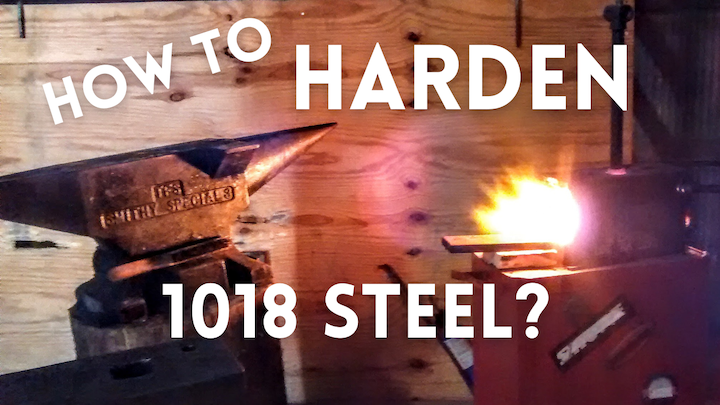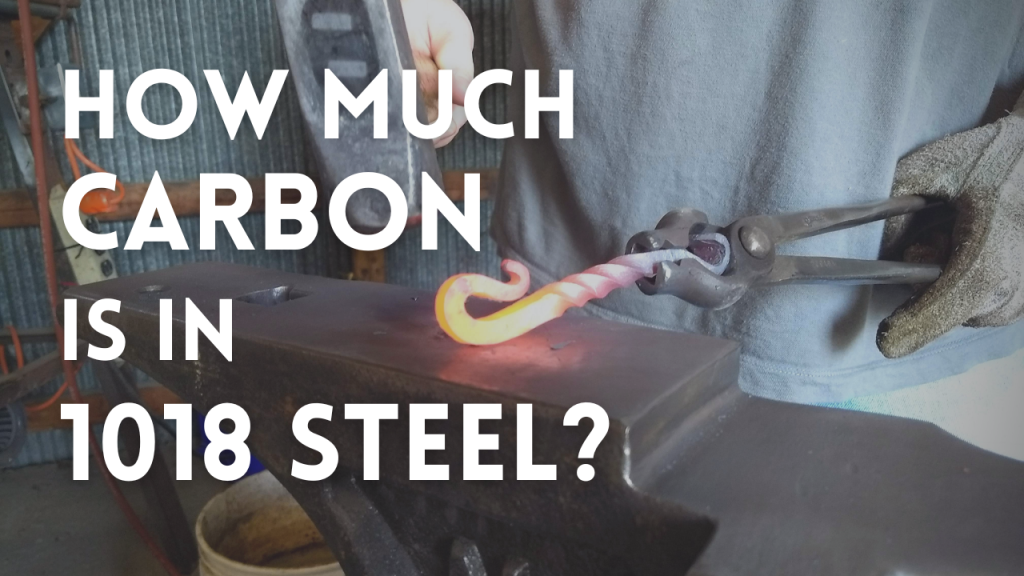
1018 steel is an easy to find, inexpensive steel with many uses.
From blacksmithing projects to machining applications, it holds up well due to its strength and ductility (response to stresses).
However, its carbon content is too low for hardening purposes.
In this post, we’ll talk about 1018 and the necessary properties for full hardening.
How to Harden 1018 Steel
1018 steel doesn’t have enough carbon content to respond to heat treating.
To understand carbon content better, we look at the last two digits: 1 and 8.
Those numbers tell us that the carbon content in 1018 averages to 0.18% with a range of 0.15 – 0.20.
The minimum carbon content for hardening is generally considered 0.40%, or more than double the carbon of 1018.
What Happens When You Quench 1018?
Hardening depends on the way carbon combines with the iron in steel when it is rapidly cooled.
This rapid cooling creates a kind of crystal called martensite.
If the carbon levels are too low, the creation of martensite will be negligible. It simply won’t harden.
However, if quenching in oil or water, you can achieve a level of case hardening. You will get a shallow skin of martensite, but nothing deep within the steel.
How We Use 1018 at Brown County Forge
1018 in its different shapes is one of our go-to alloys.
We make all of the hardware (excluding brass) out of mild steels like 1018.
We also use 1018 blanks in blacksmithing classes.
It’s a flexible alloy that responds well under the stress of heat and hammering.
Conclusion: Can You Harden 1018 Steel?
In short, no. It doesn’t have the necessary carbon content for hardening.
For harden-able steels, we recommend looking at Online Metals.
Look at alloys 1045 and above for good heat treating properties.
